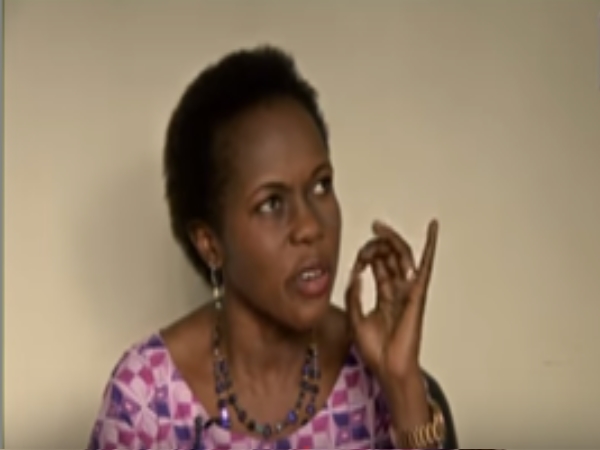The circular signed by the Permanent Secretary Catherine Bitarakwate Musingwere ordering all government workers to dress appropriately still hang on the notice board of the Ministry of Public Service. The Public Service Ministry argued that it was responding to complaints about the dress code of public servants. “We received those complaints, we had to clarify what we think was decent and appropriate in our society so what we put down is what we thought would depict a good image of a public servant.” Said, Catherine Bitarakwate. However, the new guidelines received missed reactions from the public and was widely condemned by civil society. “How does the dress code lead to improved service delivery? That seems not to come out because if they had showed that there was an effect in terms of the performance of students due to the dressing of teachers, then you would know that there’s a background to this.” Said, Perry Aritua, Executive Director Women’s Democracy Network. “People have been working all this time, I have not really been to government offices where you find people in mini-skirts, you know very tight fitting clothes, if it’s there then one, two, three people who can be sorted out without necessarily issuing a circular.” Said, Juliet Nakato, Director of Programmes, FOWODE.
Perry Aritua the Executive Director of the Women’s Democracy Network said the Ministry should focus on the more serious challenges than the dress code public officers. “There’s high rate of corruption this is on record acknowledged by the President, acknowledged by the institutions of the government, there are a number of inefficiencies that they should be addressing, putting in place systems that can help us Ugandans to benefit from services.” Said, Perry Aritua.
According to the new guidelines, female officers should dress in a skirt that is not above the knees, ensure that the clothing covers the cleavage, naval, knees and back. Were also requested not to have brightly colored hair in form of natural hair, braids and hair extensions. maintain well groomed, neutral polished nails not longer than 3cms and with no nail polish. Also, to keep facial makeup simple and not exaggerated and wear modest accessories.
The male officers were asked to dress in neat trousers, long-sleeved shirts, jackets and a tie. They shouldn’t wear open shoes during working hours except on health grounds. They should also have well-groomed hair but warned against wearing tight fitting trousers and that only black and brown shoes should be worn to office premises. Rights Activists, however believed that the circular targeted women more than their male counterparts. “And while prescribing dress codes, I didn’t see anything may be like African wear for the men. Why does it only have to be suits? Said, Juliet Nakato. “You know for me to make it seem like every man who walks in the Public Service is looking to grab a woman because of the way she is dressing, it actually degrades our men.” Said, Perry Aritua. Public opinion both on social media and on the streets is divided. “For the men, I think they were a bit harsh because suits depend on the weather but they may not be really a must that men dress in suits.” “It is because they will be smart and respected.” Previously, the government through the Anti-Pornography Act introduced a section that sought to bound women from showing their thighs that controversial piece of legislation was removed.

